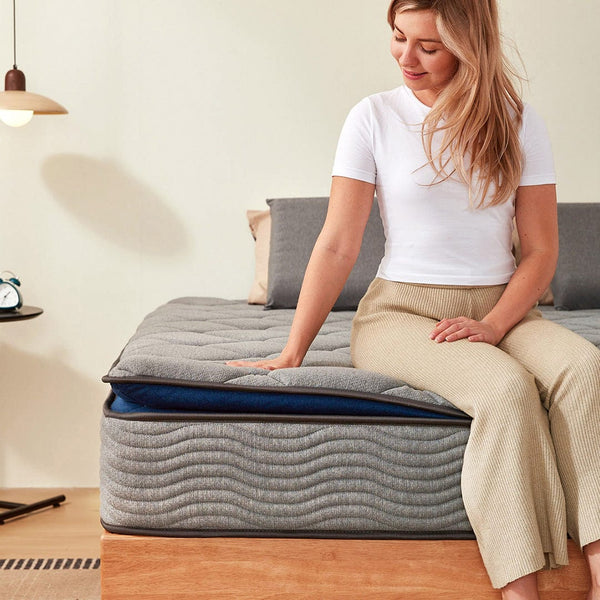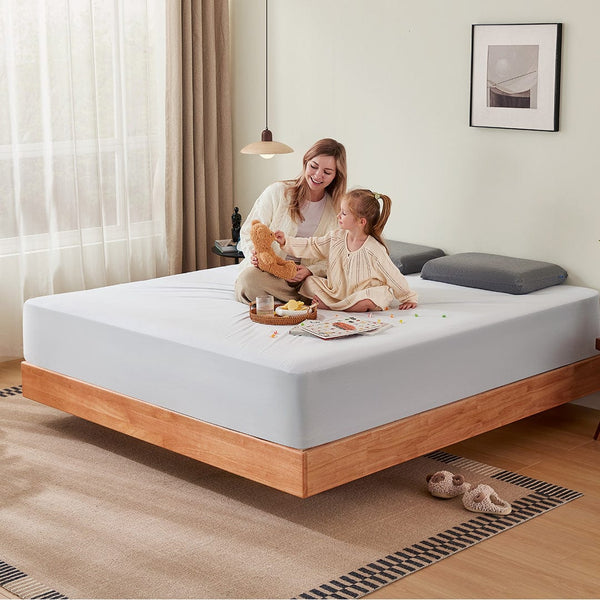Bed bugs are a relatively common pest across Australia, particularly in major cities like Sydney, Melbourne, and Brisbane. A fact that surprises many who thought they were a relic of a bygone era. Their resurgence has been well-documented, with a significant increase in infestations noted since the late 1990s.
Australia's warmer climate, particularly in the northern regions, makes it a hospitable environment for not only the common bed bug (Cimex lectularius) but also the tropical bed bug (Cimex hemipterus). Both species are well-adapted to living in close proximity to humans, which is why they are a growing concern in residential homes, hotels, backpacker lodges, and other public accommodations.
Understanding what a bed bug looks like is the first and most critical step in confirming an infestation. Without proper identification, you might mistake their bites or presence for other pests, delaying the necessary action.


























